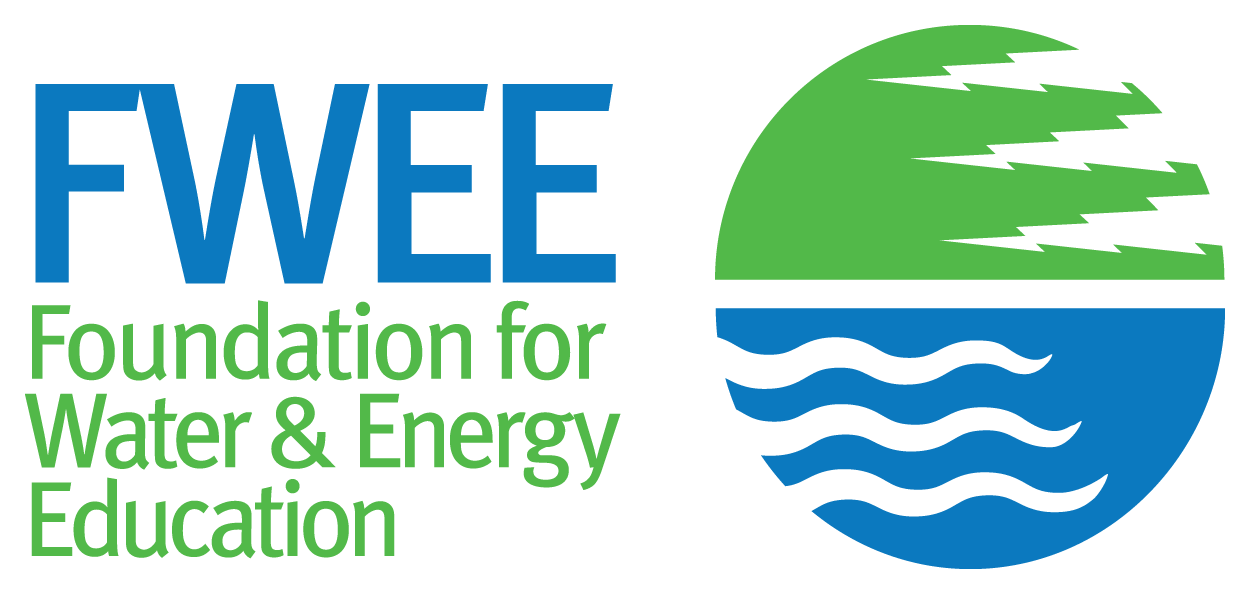Protection, Mitigation and Enhancement Strategies At Hydroelectric Projects

When avoiding impacts is not possible, protection, mitigation, and enhancement are three broad strategies used by hydropower generators to meet their environmental responsibilities.
- Protection preserves areas that are ecologically important, healthy and intact, e.g.—protecting natural spawning grounds and wetlands to help with overall watershed health.
- Mitigation offsets losses where environmental impacts are unavoidable, e.g.— building a fish hatchery.
- Enhancements improve preexisting project conditions, e.g.—planting riparian areas lacking vegetation to stabilize streambanks.
When demand for power generation affects river flows, hydropower operators use these strategies and technology to balance water quality, fish, and other environmental needs. For instance, as water passes through a dam and powerhouse, technologies are employed to address water quality effects to temperature and dissolved gases like nitrogen and oxygen.
Because the site and environmental conditions of hydropower projects vary greatly, so do the protection, mitigation and enhancement strategies used. For strategies used at a particular project, contact the operator or visit their web site. This map and directory will help you with location and contact information.
Lastly, successfully using these strategies to meet environmental responsibility is made much more complicated by other human practices like farming, fishing, logging, cattle grazing, mining, and land development occurring adjacent to or upstream of a project. This is one reason natural resource managers often take a watershed planning approach to characterize conditions, prioritize needs, create management objectives, and implement protection and restoration strategies.
Updated February 2022
